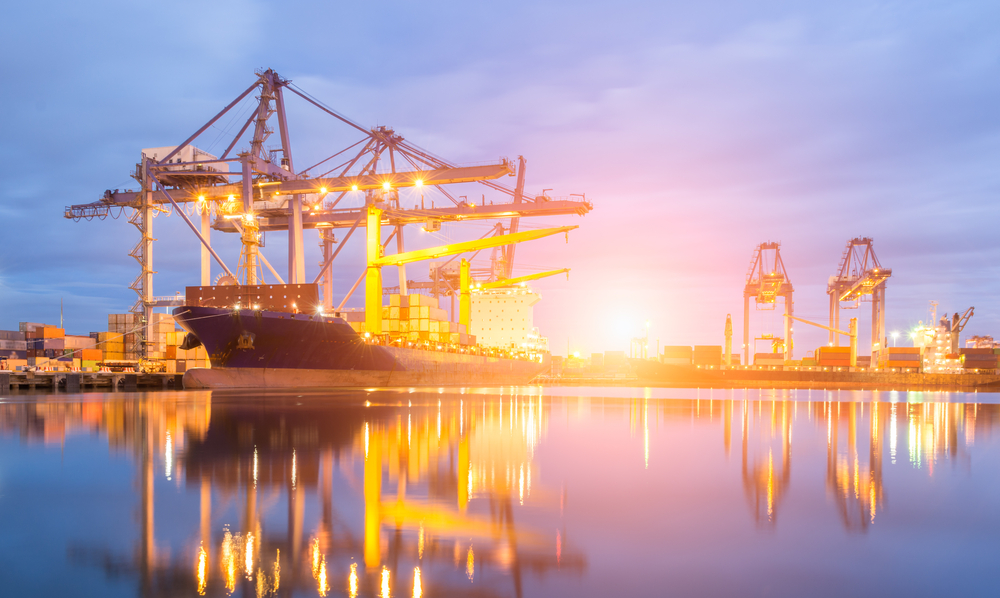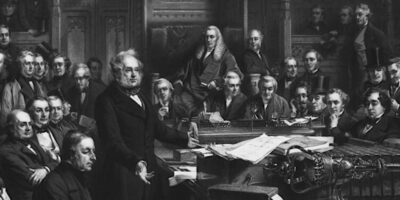Trump, and the Free-Trade Tradeoff
The biggest news story in the world this past week has been the election of Donald Trump, and the biggest reason for his election was the vote of working class white voters in the Rust Belt states of Pennsylvania, Michigan and Wisconsin, states that had been projected to vote for Hillary Clinton. One current explanation is that these voters felt Trump better understood their economic anxieties better than Clinton – or past Republican candidates. In particular, President-elect Trump spent a lot of time during the campaign talking about trade with China and immigration.
Economists’ research backs the conventional wisdom that free trade is good for the economy as a whole, but not good for everybody. There has always been an economic argument that free trade benefits all citizens, and even some argument that traditional price measures understate gains from trade. However, while the gains are distributed widely to all consumers who wish to buy imports (or wish to buy domestic products that have to compete with imports), the costs are borne mostly by certain types of workers.
Recent research attempts to measure this in the U.S. by comparing local labor markets by how much they hosted labor-intensive manufacturing industries. The idea was that these markets should be most affected by competition from Chinese imports. A study published in 2013 in the American Economic Review found imports contributed to reduced wages and higher unemployment in labor markets most exposed to the shock. It estimated that import competition explains a quarter of the decline in manufacturing employment in the U.S. Other authors have found similar results – trade increases overall economic well-being of U.S. residents, but not in all labor markets.
This is why internal migration can be so important, as many economists have studied and I have discussed in previous AIER work. If some geographic areas are harmed and some are helped, can’t people move to the less affected labor markets? Maybe not, if moving is expensive, if local ties are important, or if the workers have a lot of special skills in a declining industry.
In a 2010 paper, Abigail Wozniak of Notre Dame showed that college-educated workers are more likely to move toward labor markets with higher labor demand. Those more likely to stay are more likely to be the less-educated workers, such as those who broke heavily for Trump. The challenge for policymakers, including our future president, is how to look out for affected workers without destroying the trade that is beneficial to most Americans.










